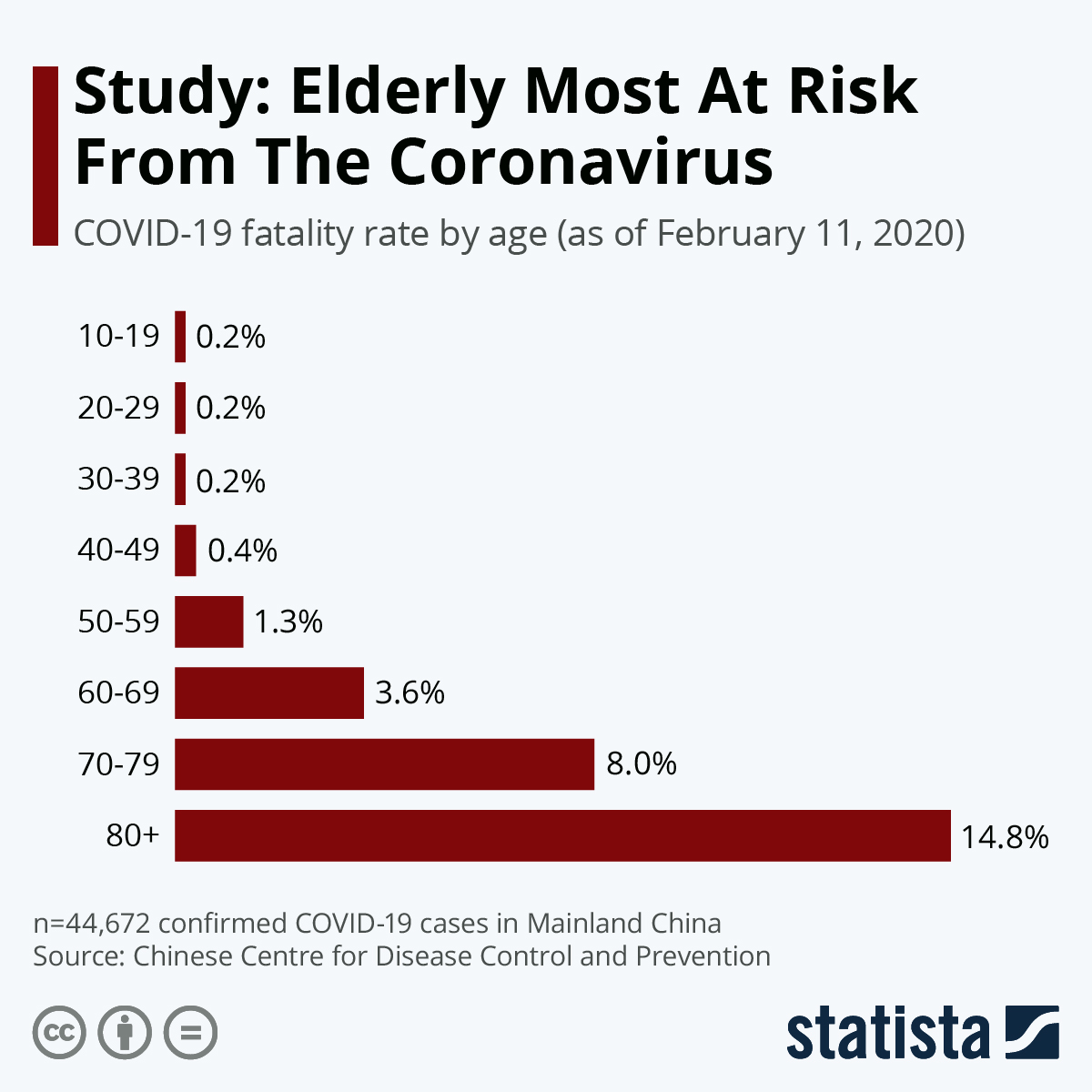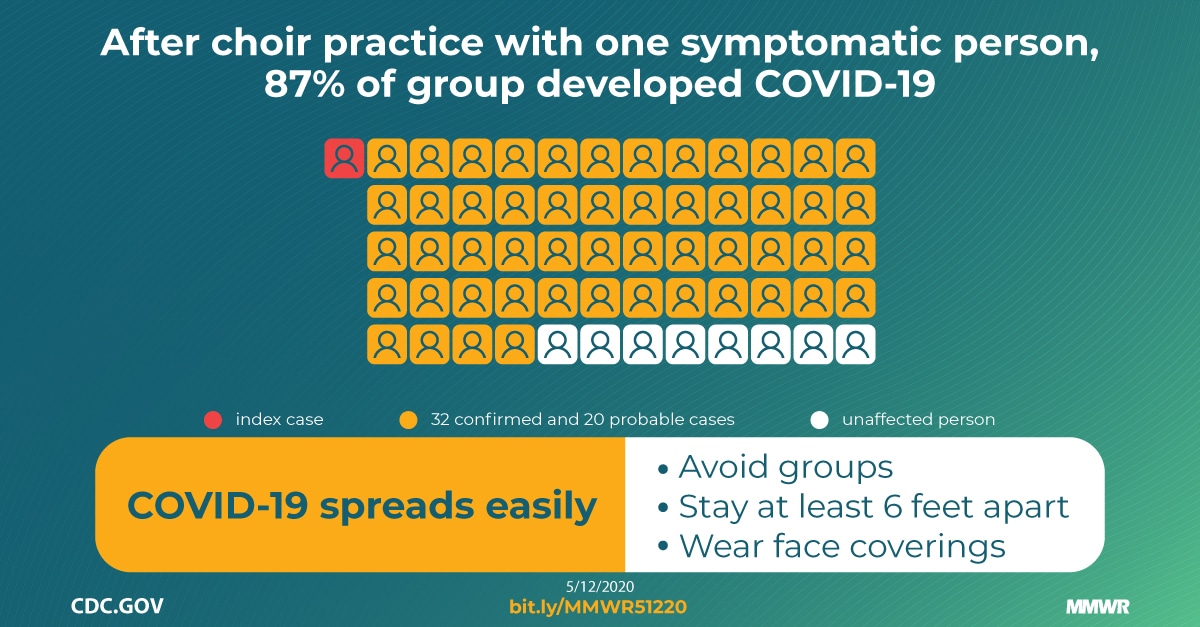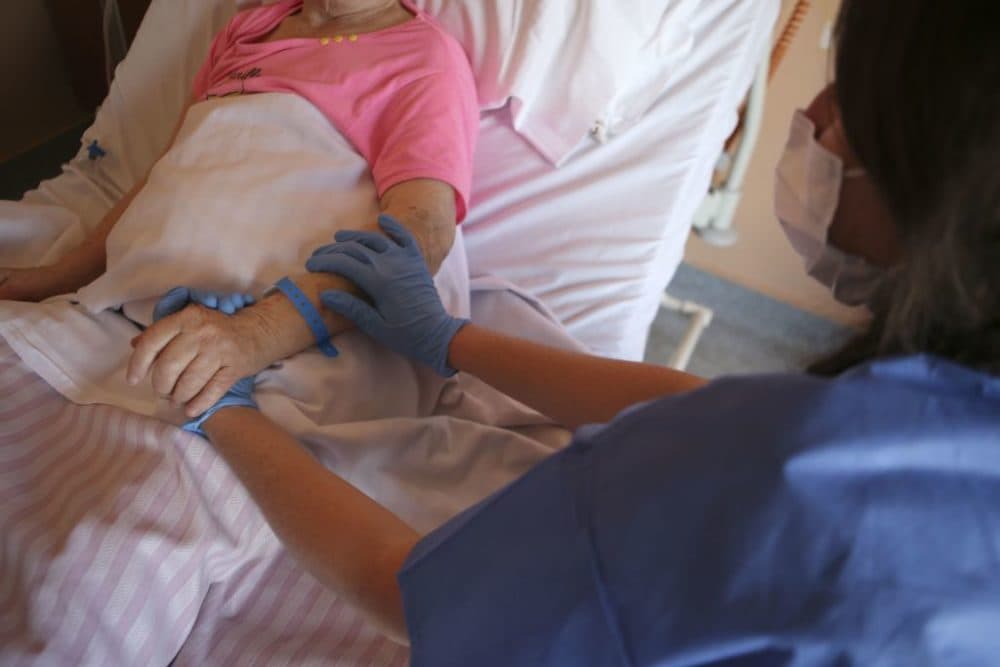'We learn nothing from history'
"I quote [German philosopher Georg Wilhelm Friedrich] Hegel: What we learn from history is that we learn nothing from history."
Barry said he is particularly concerned that cities and states are reopening while cases in their jurisdictions continue to rise.
"That did not happen in a single [U.S.] city that I know of in 1918," he said. "They would wait until the curve dramatically turned down before they would take any action to reopen. So they were considerably more conservative.
"
Like today, there were people clamouring for the restrictions to be lifted so they could go back to life as normal, said Nancy Bristow, a history professor at the University of Puget Sound and author of
American Pandemic: The Lost Worlds of the 1918 Influenza Epidemic.
And some cities attempted to go slowly, staggering the openings of theatres, opening some churches one weekend, then public amusement areas the next, she said.
"But in a lot of places, people were so desperate that [officials] would just say, 'OK, we're done. Tomorrow you can go do whatever you want.'"
But communities that imposed restrictions early, enforced them and removed them as late as possible — or re-imposed them as necessary — had lower mortality rates, she said.
Homes where people were believed to have come in contact with the flu were ordered to place placards in the windows. Many people didn't report their symptoms in order to avoid the stigma of having a sign. (Library of Congress)
"They couldn't know that in 1918 because they didn't have all the data. We've got their data, so we have the advantage," she said.
"We can do this differently."
One city that did follow a good path was Seattle, which imposed increasingly strict restrictions and kept them in place for five weeks. Officials closed schools, prohibited church services, shortened work hours and mandated the wearing of masks in public,
she recently wrote in an article for The Guardian.
When the second wave hit, the city immediately went to a quarantine system and didn't end up having to re-impose tough physical distancing measures. Instead, officials put infected individuals into quarantine with placards on their homes as a way to keep track of them.
And the public in general was really compliant. And they did really well. They had half of the per-capita death rate than those of the hardest-hit cities," Bristow said.
In Denver, as deaths were decreasing, officials began reopening the city, culminating in an Armistice Day parade on Nov. 11. That led to cases surging again, prompting stricter measures, including mandatory face masks.
Many public health commissioners and mayors during the fall of 1918 and spring of 1919 would ratchet measures up and down based on whether phased reopenings were leading to an increase in cases, Nichols said.








